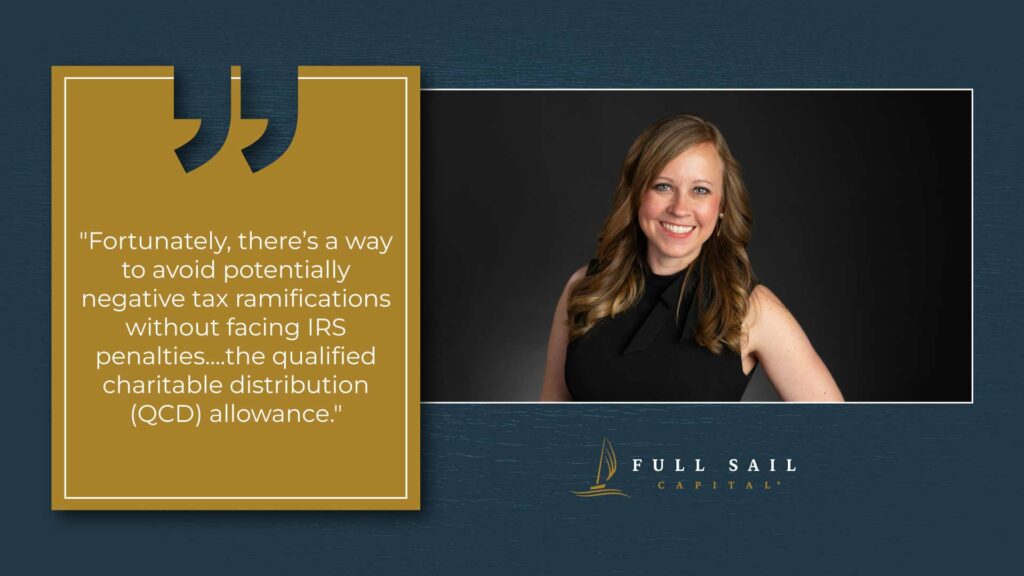Who knows why tax law is so complicated? Most of us blame the IRS, but those who understand the history behind the whole thing point to Congress. Regardless of who’s responsible, most everyone who’s ever filed a return will agree that the U.S. tax code is an annoying web of confusion.
It’s hard enough dealing with the meat and potatoes, but the tax filing process often comes with side dishes that require even more scrutiny and expertise.
While the menu of complications is too long to cover outside of a CPA’s office, there is one fascinating example that’s worth looking at, especially for those facing required minimum distributions from their IRAs or other retirement plan accounts.
Once we reach a certain age, the law requires us to take minimum distributions from specified retirement savings accounts, such as IRAs, simplified employee pensions and others.
The government has tables that tell us how much money we must pull from those accounts each year, and there are penalties for those who don’t. While required minimum distributions (RMD) do not present a problem for some, they can be disruptive for others by pushing income levels into higher tax brackets or by eliminating certain tax deductions.

Fortunately, there’s a way to avoid potentially negative tax ramifications without facing IRS penalties. A provision of the Pension Protection Act of 2006 established the qualified charitable distribution (QCD) allowance. Under the provision, individuals who are 70½ years old or older can satisfy the minimum distribution requirement through direct transfers from their retirement plan accounts to qualified 501(c)(3) nonprofits.
Those contributions can go to a single nonprofit or the money can be distributed to multiple organizations, but the amount of the total distribution cannot exceed $100,000 annually. There are several considerations related to the QCD allowance, so it would be a good idea to discuss them first with a tax professional, but there are a few basic rules to keep in mind. While churches and 501(c)(3) nonprofits would be eligible to receive qualified charitable distributions, there are other types of charitable organizations that do not.
For example, private foundations, support organizations and donor-advised funds do not qualify for QCDs. Also, individuals are not allowed to benefit directly from their QCDs. In other words, QCD money can’t be used to purchase items at charity auctions or to buy tickets for charity golf tournaments.
Furthermore, individuals are prohibited from double dipping and claiming their QCDs as tax deductible contributions. Remember, the law allows the fulfillment of minimum distribution requirements without having to pay more taxes under an elevated income tax rate. That’s the tax benefit.
Aside from the tax value, giving to others is enormously important to many people. So, we could say the QCD allows people to have their cake and eat it too. They can give to their charities, and they can avoid paying higher taxes while they’re at it.
Now that’s a rule we all can understand.
